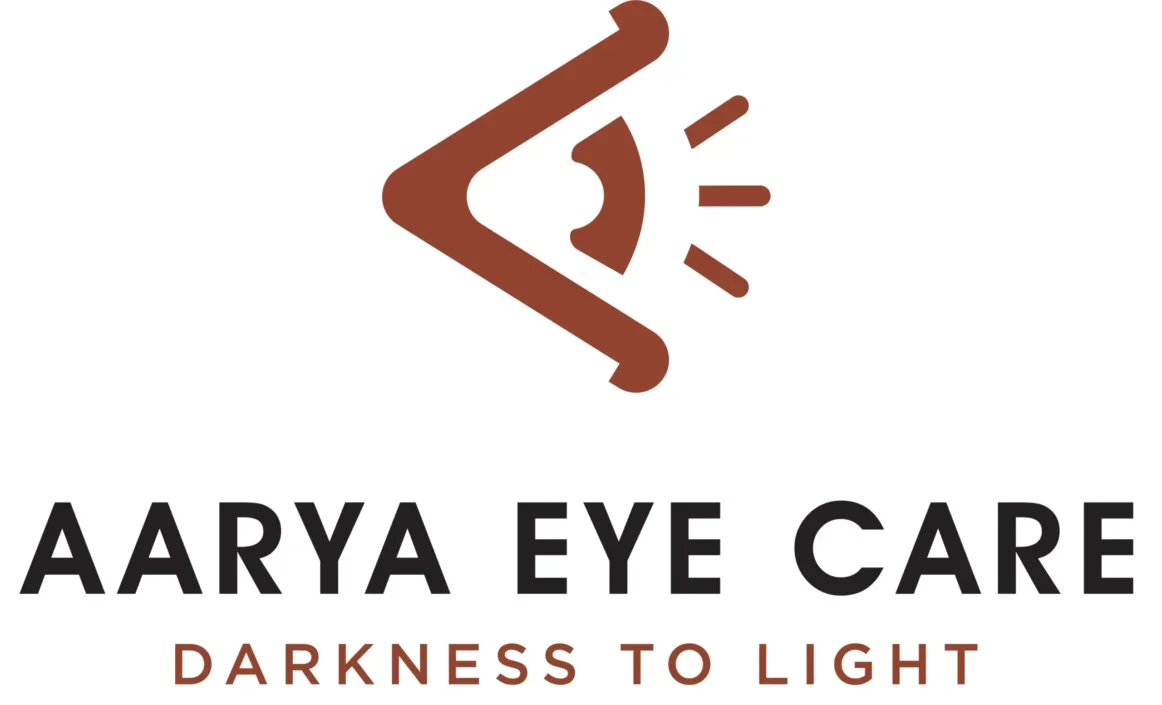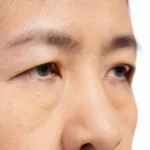How Air Pollution and Dust Affect Your Eyes
When we think of air pollution, we usually have a pair of lungs in mind; however, your eyes are left unprotected as well. They are at the forefront when you are out in the street. Air pollution and dust can irritate, dry your eyes, and it potentially causes lasting vision problems. This blog helps you to clarify how air pollution affects your eyes, and what dust can do to your eyes and what you can do to protect your sight.
What Is Air Pollution?
Air pollution entails the existence of harmful material in the air we breathe. There are some pollutants, which include particulate matter (PM2.5 and PM10), ozone, carbon monoxide, sulfur dioxide, and nitrogen dioxide. These contaminants are typical in regions with traffic, construction activities and industrial activities. When they are out in the air, they can come directly to your eye and hence your eye health with regular exposure.
How Does Air Pollution Affect Your Eyes?
Air pollutants do not just affect your breathing. They reach the surface of your eyes quickly and can interfere with the protective tear film, leading to several symptoms and conditions. Therefore, it is important to understand how air pollution affects your eyes and what are the precautions that we need to avoid.
Eye Irritation and Redness
One of the earliest signs of air pollution is eye irritation with redness in the eye or a stinging sensation. Pollutants irritate the conjunctiva, which makes your eyes water or feel itchy.
Dry Eyes
Pollution makes the tear film weaker, which is the film that keeps your eyes lubricated. This contributes to periods of dry eyes, caused by pollution, when you have a feeling that your eyes are scratchy, or rather, and tired especially at the end of the day.
Allergic Conjunctivitis
The dust and air stepping allergens can trigger allergic conjunctivitis. This produces itch, swell and watery eyes. Individuals who have experience with allergies tend to be sufferers to such ailments.
Increased Risk of Infections
Pollution can lower your eye’s natural defenses. It makes the cornea more vulnerable to eye infections, especially for contact lens users who trap particles close to the eye surface.
Worsening of Existing Eye Conditions
For those with conditions like glaucoma, cataracts, or post-surgery recovery, air pollution can make symptoms worse or slow down healing.
Long-Term Damage and Vision Problems
Studies show that extended exposure to air pollution may harm the retina and cause pollution-related eye diseases. These may not show immediate symptoms but can lead to long-term visual discomfort or issues.
How Does Dust Specifically Harm Your Eyes?
Dust may seem harmless, but it can cause consistent irritation when it enters the eye.
- Mechanical irritation: Dust rubs against the eye surface, causing redness.
- Foreign body sensation: You feel like something is stuck in your eye even when it is not.
- Infection Risks: Rubbing the eyes, a common response to dust, can inadvertently introduce bacteria, creating a pathway for potential infection.
The dust effect on eyes is especially strong in areas with construction or dry weather.
Who Is at Greater Risk?
Specific groups are at higher risk for the eye, which is related to air pollution problems. Such as outdoor workers like delivery, agents and street vendors and contact lens users, because lenses trap pollutants. Children and the elderly, who have more sensitive eyes and people with allergies, whose eyes react more quickly to irritants, are also at risk. It is important that these individuals should take extra care with eye protection from air pollution in their daily routines.
How to Protect Your Eyes from Pollution and Dust
Here we explain that how to keep your eyes safe in polluted or dusty conditions:
- Wear protective eyewear when outside
- Limit the outdoors time when the air quality is poor
- Wash your face and eyes with clean water after coming indoors
- Use lubricating eye drops, which helps to flush out irritants
- You can improve indoor air quality using quality air purifiers or indoor plants.
- Stay hydrated, which helps to support your natural tear film.
- Avoid rubbing your eyes with your hands
These simple steps can really help us to prevent both short-term discomfort and long-term eye problems.
When Should You See an Eye Doctor?
See an eye doctor if you notice any of these signs such as Redness or pain that doesn’t go away, Blurred vision that isn’t fixed by blinking, Discharge or swelling and Dryness that affects daily tasks. These symptoms may indicate eye infections, inflammation, or other concerns that need treatment.
Aarya Eye Care | Eye Hospital in Thrissur
If you are experiencing irritation or vision issues, visit Aarya Eye Care, a NABH-certified Eye Hospital in Thrissur. We have experienced ophthalmologists, modern equipment, and a personalized approach to eye care. Whether it’s pollution-related symptoms or regular check-ups, our team is here to help you maintain clear, healthy vision.
Conclusion
Your vision can suffer without reason due to polluted air and dust. That is why you realized how air pollution affects your eyes, so it is understandable that you should protect your eyes daily and take care of them regularly. Such symptoms as dryness and irritation cannot be ignored.
Book a consultation with the Best Eye Hospital in Thrissur, Kerala to keep your vision safe. Aarya Eye Care will strive to ensure that you can have your eyes shielded against environmental stressors on a daily basis.
Book Your Appointment
Call: +91 99 463 222 88
Visit: https://aaryaeyecare.com








